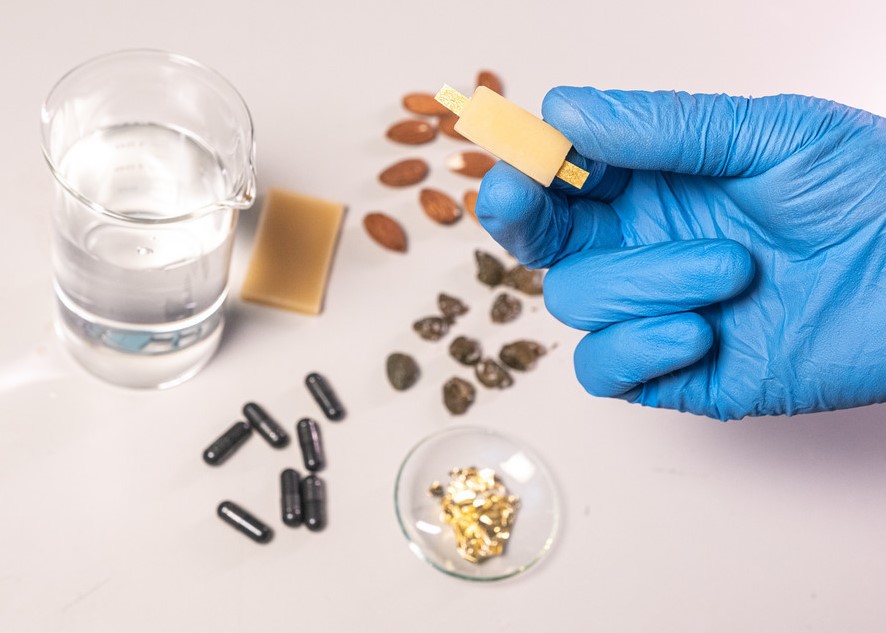
 Millionaire
Millionaire
Italian good news: The first battery that does not pollute is Italian and 100% edible
- WTI Magazine #164 Jun 17, 2023
-

 Millionaire
Millionaire
Every day we use devices that require frequent replacement of batteries. Beyond the cost, they are difficult to dispose of and harmful to the environment. From now on it will be possible to remedy the problem, as a team of scientists from the Italian Institute of Technology in Milan (IIT) has created the world's first edible, rechargeable battery.
The prototype was created by Mario Caironi, coordinator of the Printed and Molecular Electronics Laboratory. Some of its ingredients? Vitamin B2, activated charcoal and nori seaweed, the same seaweed used to make sushi. The prototype is described in the journal Advanced Materials and paves the way for the next generation of electronic devices.
To make the battery, quercitin is used as the cathode. This is an extract found inside capers and almonds, while vitamin B2 is used as the anode and nori seaweed serves as the separator. An aqueous solution serves as the electrolyte, and the role of the conductor is played by activated carbon.
Finally, beeswax coats the electrodes, which are connected to an edible gold foil, often used by confectioners to make cake decorations. In this way, the battery becomes toxin-free and more sustainable. If it is ingested, it does no harm and, indeed, could bring some benefits capable of making a difference.
Edible electronics is a field where scientific investigation is taking center stage, not least because it could have a very important impact in various fields, including the medical field. One example? The diagnosis and treatment of diseases of the gastro-intestinal tract, with early intervention as a preventive measure. A further use of it is in the food world, where it could enable monitoring of food quality and its state of preservation. Even toys often contemplate batteries that require frequent replacement and can be ingested by toddlers.
By using edible batteries, children would be in no danger. "We are developing devices with higher capacity and smaller size," Caironi explains. Interest in this project goes even further, because it could inspire researchers to create larger accumulators by resorting to the use of environmentally friendly materials. Finally, in the future, Caironi plans to delve deeper into interactions with food, to study the nutritional aspect in depth as well as the taste aspect.